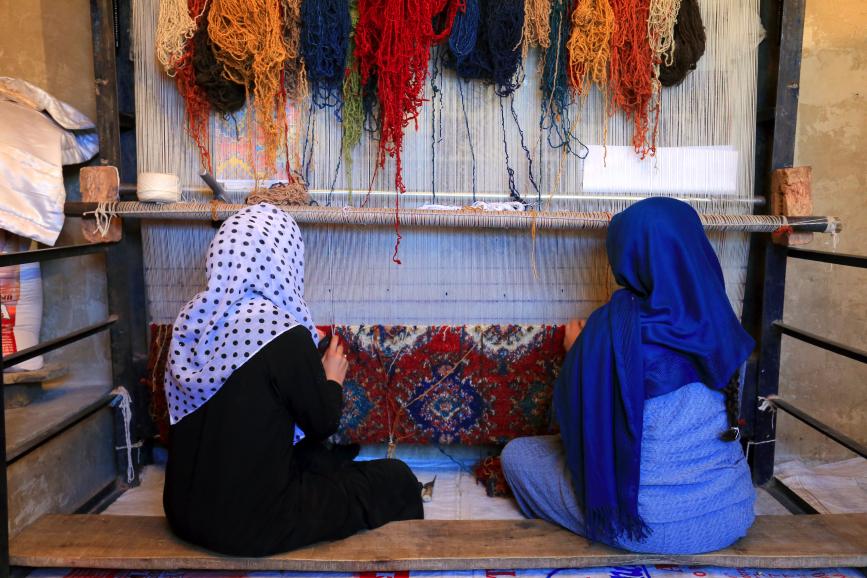Empowering Microfinance and Enterprises for Resilience and Growth (EMERGe)

The country’s economic contraction post-2021 impacted financial inclusion and the private sector, including microfinance providers (MFPs). The private sector is affected by low demand, operating below capacity, and financial inclusion remains a persistent issue, especially for women. The microfinance sector, historically dominated by female borrowers, face challenges due to loan defaults and the mandatory transition to Islamic finance. This has resulted in significant capital erosion of MFPs, in which solvency remains a critical issue. To address this problem, the World Bank aims to support the demand for and supply of finance for micro and small enterprises in Afghanistan, focusing on women’s financial inclusion.
The support is being delivered through two components: (a) reviving microfinance providers, and (b) building a pipeline for bankable micro and small enterprises.
Reviving MFPs focuses on providing support to MFPs through conditional capital support grants for recapitalization and technical assistance to enhance their loan issuance capabilities. The World Bank’s support involves providing technical assistance to MFPs to deploy Islamic financial products, promote automation, and support the operational capacity building of MFPs. Together, this support will improve the financial health and operational capacity of MFPs, enabling them to improve the supply of finance for micro and small enterprises.
Building a pipeline for bankable micro and small enterprises, particularly those which are women-led, focuses on providing incubation-level technical assistance to microentrepreneurs and business development support to micro, small, and medium enterprises (MSMEs) to improve their capacity and credit-readiness. As a result of this support, the project anticipates improvement in the technical and business development skills of MSMEs, making enterprises credit ready and leading to increased demand for credit. To improve access to affordable credit for MSMEs, a Credit Viability Fund (CVF) will be set up. The CVF is expected to transition into a registered fund to serve as a risk financing channel. The CVF will work with MFPs to develop products that simplify collateral requirements and reduce borrowing risks for women against policy changes by the ITA. This will allow for increased loans disbursed to women or women-owned enterprises and result in enhanced economic empowerment.